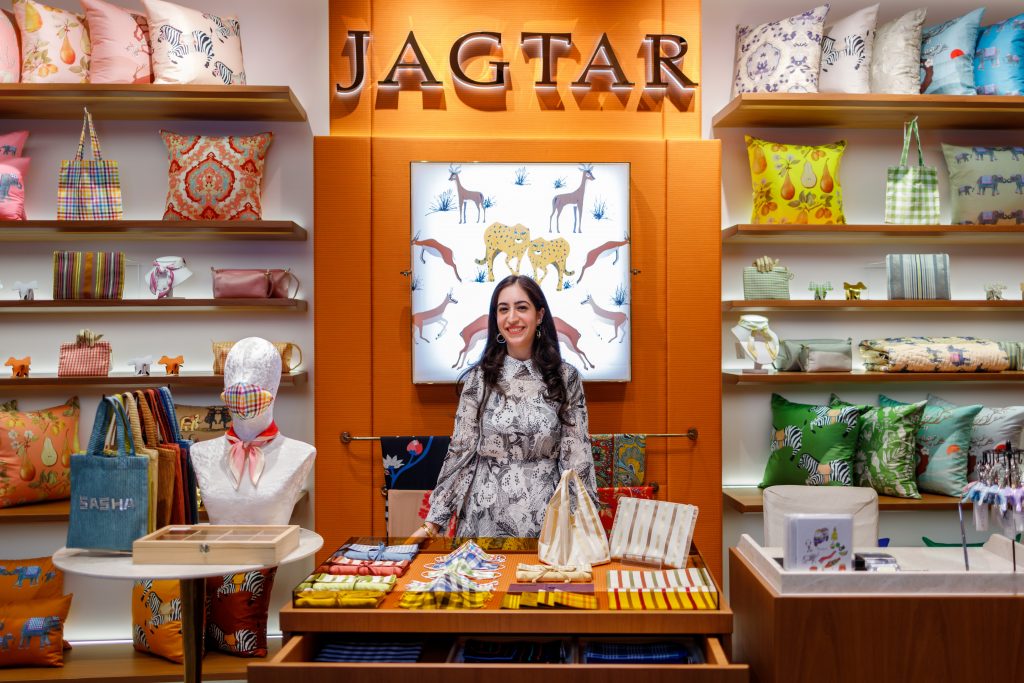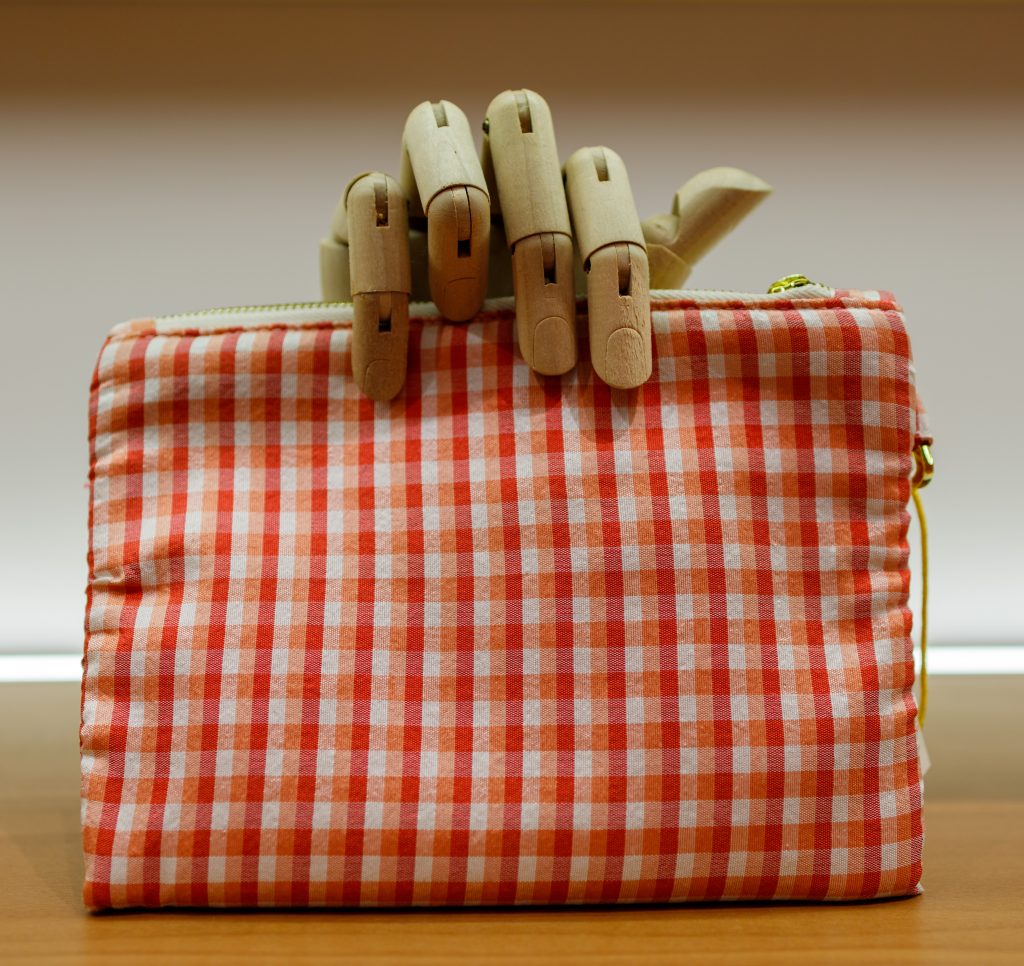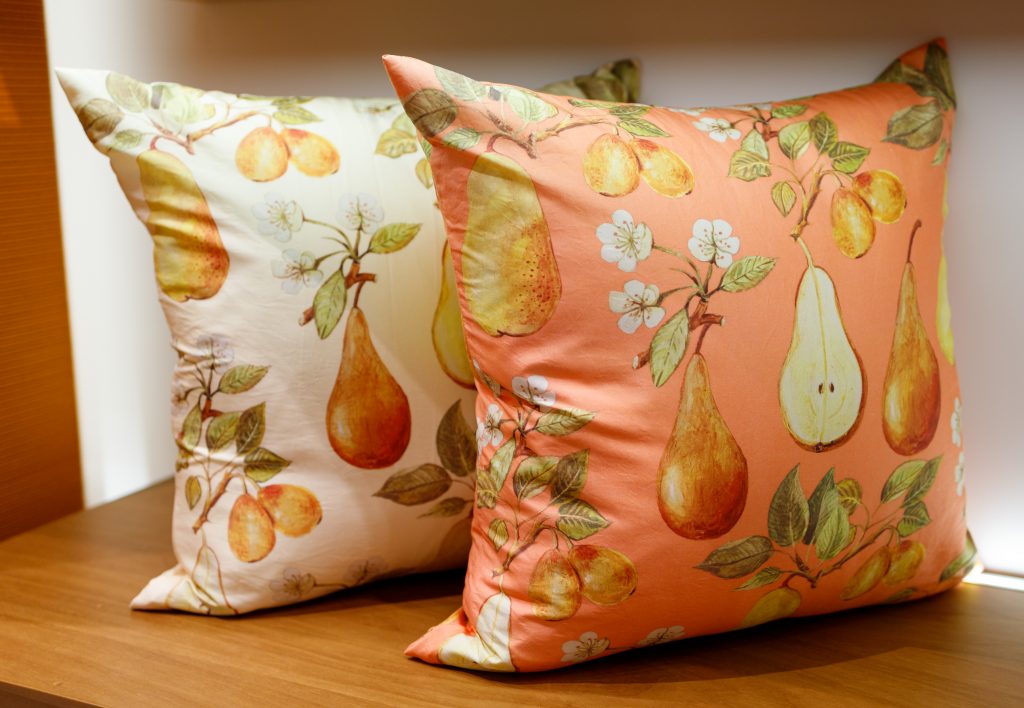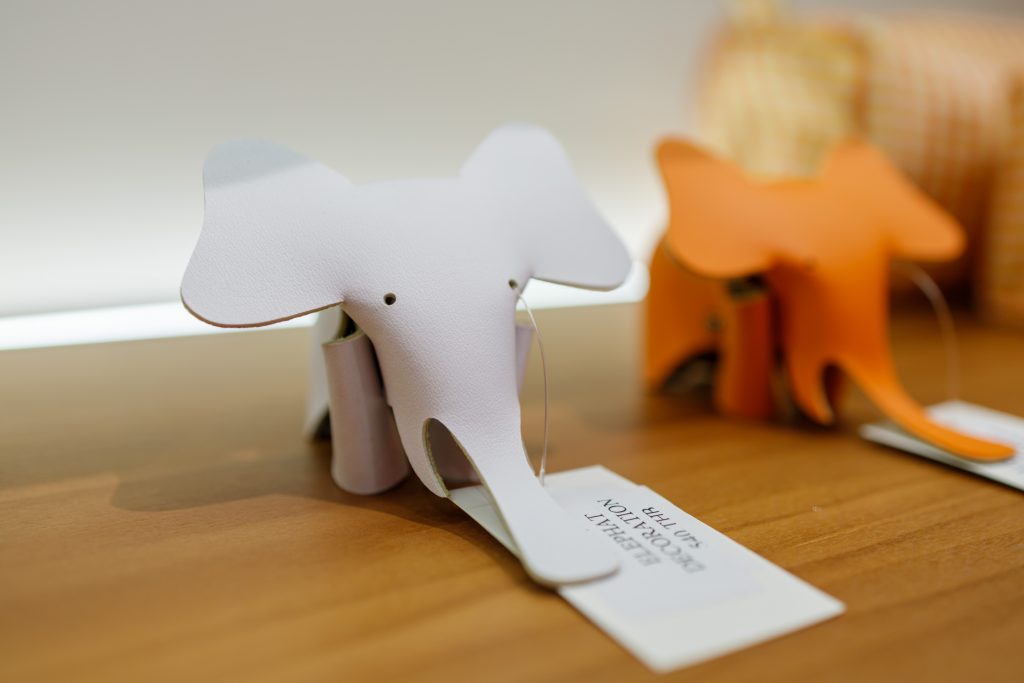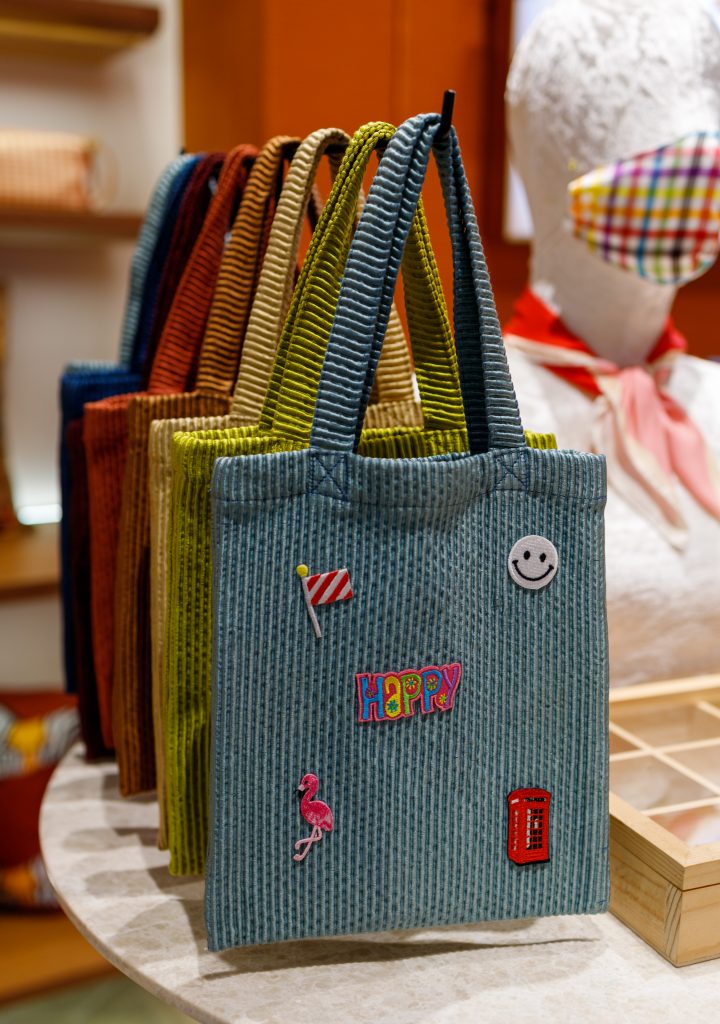Learn how she plans on keeping her multigenerational family business timeless.
By Ashima Sethi
Sasha Singhsachathet was born and raised in Bangkok, Thailand where she attended NIST International School before enrolling in a boarding school in England for Grades 7 and 8. She then moved back to Bangkok to finish her high school education before embarking for New York to pursue her tertiary education at Parsons School of Design where she majored in Design and Management.
“Initially I chose Fashion Design as my major because I was always interested in fashion, but the more I got into the course the more I realised that I didn’t enjoy the sewing aspect. My school recommended a switch to Design and Management, which is essentially understanding how design merges with business, so it worked out perfectly for what I’m doing now” she enthuses.
Currently, Sasha is the Managing Director of Jagtar, a 30-year old brand renowned as textile pioneers and for having one of the finest collections of Thai silk in the world, where she oversees facets of the company encompassing marketing, design and merchandising. I met up with Sasha at Jagtar’s vibrant new retail store inside of Terminal 21 Asoke, where she spoke candidly about the growth of the brand and her vision for the company’s future.
Can you give us a brief history of Jagtar’s establishment and growth?
The Insaf family business really began in the early 1900s when my ancestors were working as traders between British India and Siam, now known as the Kingdom of Thailand. In the 1940s, my family members settled permanently and became well-known in the textile industry. The Jagtar brand was established in 1985 by my father. It was originally a home and accessories brand specialising in cushion covers that were being sold to department stores in Europe.
As my dad became better known in the industry, the company expanded to do furnishings before transitioning to selling fabrics. Jagtar then became known for its fine collections of silk and we began selling them to leading interior designers, architects and decorators worldwide. As of the last few years we’ve also moved into the retail space. We opened up a small store inside Siam Discovery, but this is our first signature retail store here in Terminal 21 Asoke. Unlike our fabrics, our clientele for retail is mainly tourists, so we figured this mall was a great opportunity
In your opinion, what makes Jagtar such a pioneer in the fabrics industry?
I think my dad has positioned himself quite well in the industry over the years, especially with his network of architects and interior decorators. Our biggest customers are from America and Europe and they feel like handwoven silk is very exotic and unique. Our customers have also told us that they appreciate our high quality and variety of colours. I think that’s that makes us stand out the most, our big range.
Over the years, Jagtar has worked with a diverse portfolio of clients. What are some notable ones that you’ve worked with?
In the hospitality space, we’ve worked with many but some include the Four Seasons Hotel George V Paris, Hotel Ritz Paris, Sheraton Grande Sukhumvit, and Mandarin Oriental, Bangkok. We’ve also worked with fashion brands like Chanel, and Peter Marino, an established design firm.
How do you ensure your collections are the best of the best?
We implement a lot of quality control. Our fabrics are handwoven, which make them special, but we always check to make sure that nothing is out of place. We have a great in-house design team and we also collaborate with a team based in New York. We throw ideas back and forth, and we end up with one main collection every year.
How do trends in the fabric market and retail market differ from what you’ve seen?
In regards to our fabric, our clientele is mainly designers so they have a specific look they’re going for. Silks in solid colours sell best, but stripes and chequer patterns are also very popular. For retail, because we do scarves, cushion covers, and accessories, the prints are a lot bolder. As a result, we separate the design processes for fabric and retail.
For retail, how do you choose what artists to work with?
We actually do everything in-house. Our textile designer paints the prints by hand and then it is transferred to a computer. The image is cleaned up and then printed onto our fabrics. We draw inspiration from seasonal trends. We look at colours, and sometimes we play off of old fabrics too. My father has kept a lot of archives, so sometimes we’ll take an older item and adapt it for something more modern.
How has Jagtar evolved since its inception?
Not long ago we had no presence on social media and promoting the brand was essentially done via word-of-mouth by people in the industry. Now, we’ve expanded to include digital platforms, which has allowed us to connect with shoppers from my generation. Changes in technology have also resulted in a change in our approaches. For example, digital printing is a new technique that we’re using.
Did you always want to join the family business?
Growing up, I always felt like this was what I wanted to go into because of my interest in fashion. It’s not always been easy of course. When I first moved back, I didn’t feel like I was ready to leave New York and I was dreading working. Moreover, my dad’s essentially been a one-man show for the last 30 years, so me coming back and joining the business, we had our disagreements here and there but it’s the nature of working with family. He’s used to his way and I’m trying to introduce my perspective, but we always manage to find a middle ground. I also appreciate that he gives me the freedom to explore my creative side.
What do you enjoy most about what you do?
Seeing everything from start to finish. It’s so much fun having an idea, having the designer come up with a design, and then seeing the end product. I also love when you see a stranger wearing product. Right now we’re doing a lot of pop-ups around town to draw in new customers and sometimes they come up to me and they’re like “oh, we’ve been to your store and we love it,” so that’s always nice to hear.
Has your business been impacted by COVID-19?
A lot of our clients are abroad and thankfully they’ve still been ordering throughout the pandemic. I think it goes to show that many people are still decorating their homes and spaces. I’ve also noticed this in our retail space. Months ago, our main seller was scarves but now they’re cushion covers because people are revamping their homes.
How are you hoping to expand the business in the future?
We definitely want to open more stores down the line, maybe in places like Phuket or Pattaya when the tourists come back. I also want to open a stand-alone flagship store that sells both our fabrics and our retail goods. We also want to move into e-commerce in the near future, I believe that’s the future of shopping.
For more information about Jagtar and to browse their collections visit them on:
Facebook: @jagtarsilks
Instagram: @houseofjagtar
www.jagtar.com



